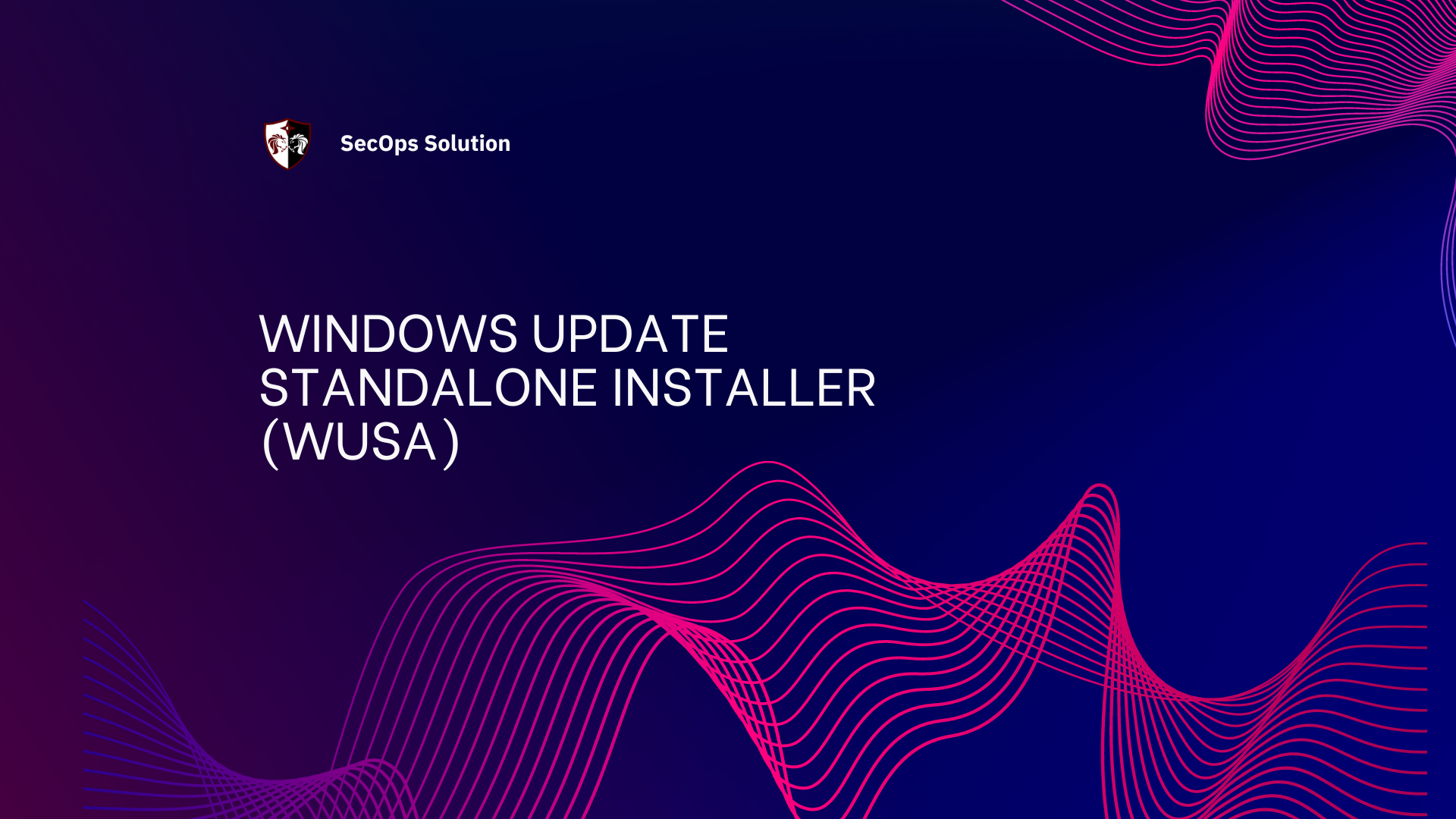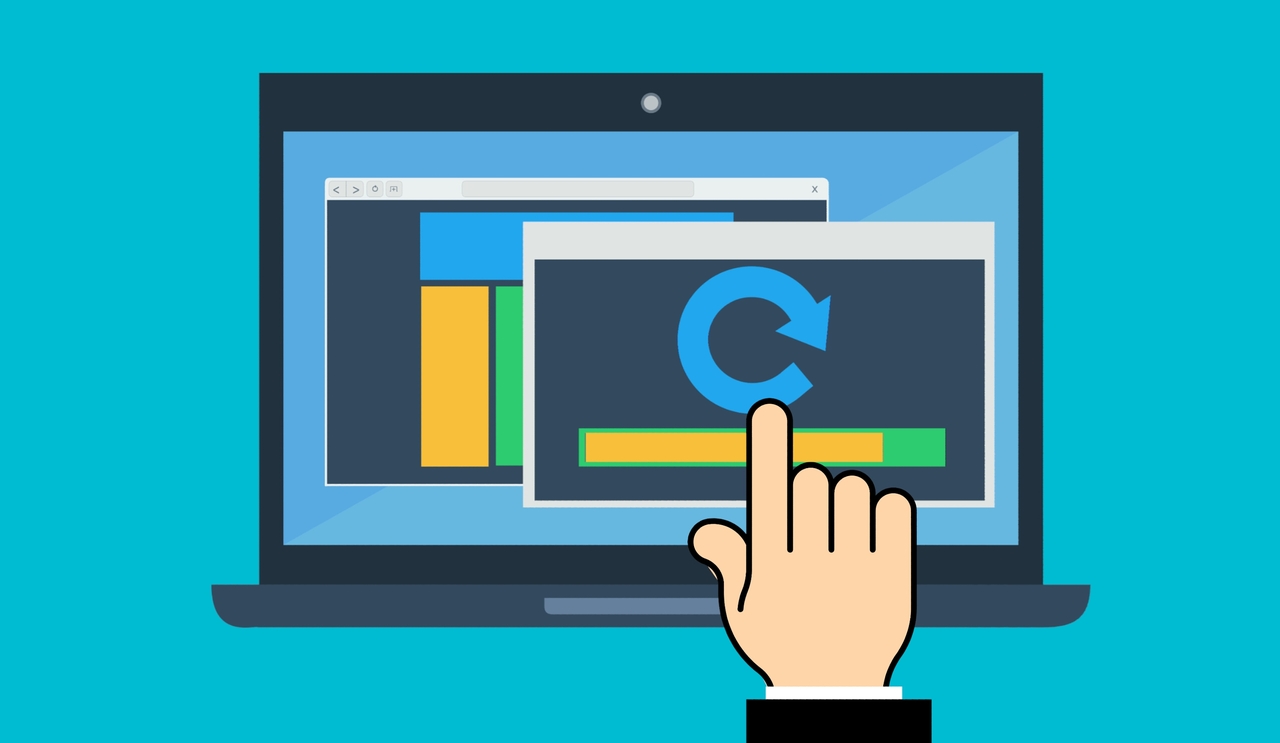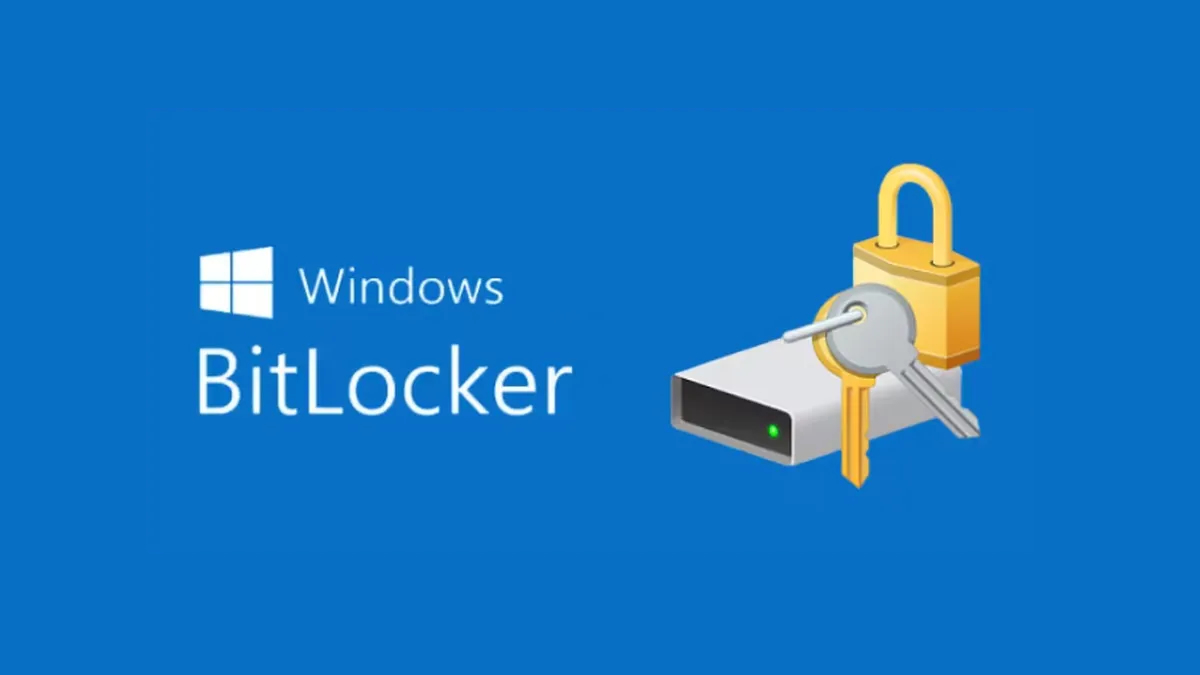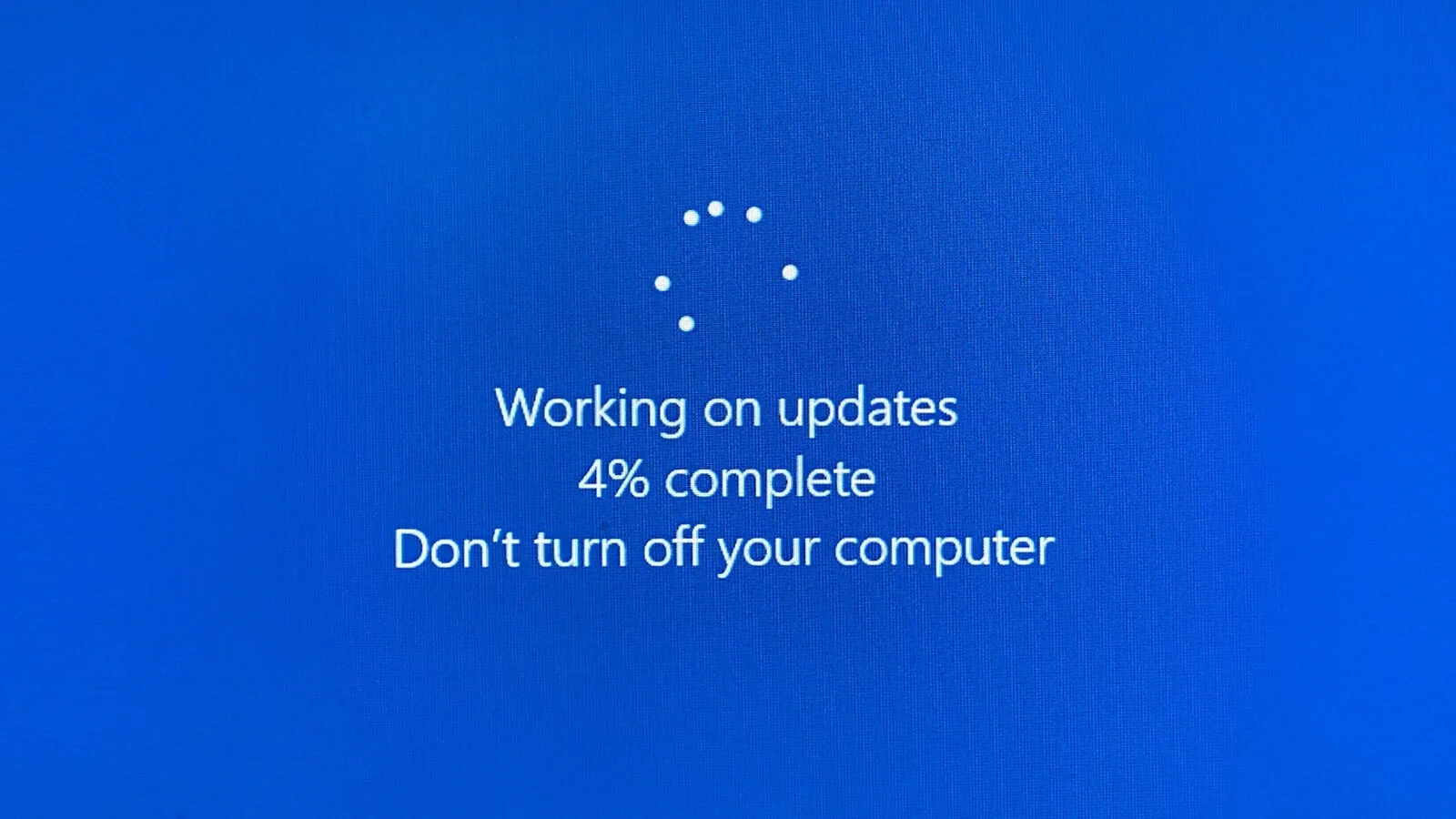- The difference between quality patches and feature updates and how to roll back each.
- Reliable methods: Settings, Control Panel, WUSA/PowerShell, and Windows RE.
- Solution to typical errors (0x800f0905, USB Code 43) and tricks such as disabling Sandbox.
- Strategies to avoid automatic reinstallation and maintain stability.

If after installing a Windows update you've found yourself with a PC that was previously running smoothly and now crashes, you're not alone. Some Problematic KB can cause compatibility errors, loss of stability, or unresponsive functions. That's why it's important know how to roll back a KB update.
Not all situations are the same: there are cases where a patch breaks USB devices with 43 code and others in which a specific cumulative causes a corporate application like Windows 11 Copilot collapse. Whatever your scenario, here's a comprehensive and practical guide to uninstall a KB, resolve typical uninstaller errors and block its automatic reinstallation as much as possible.
What does it mean to roll back a KB update and what types are there?
In Windows, updates are identified by a code that begins with KB (Knowledge Base). Uninstalling a KB involves removing a specific package to restore the system to its previous state. It is important to distinguish between two main families: quality updates (cumulative patches, security and monthly fixes) and the feature updates (version jumps with large changes). The latter can be reverted from the system during a typical period of 10 days, while quality patches can be removed individually.
This difference matters because it determines the path to follow. With a feature update, it's best to use the native option. Back to the previous version. With a quality KB it is advisable to attack through Settings, the Control Panel or the Command line with WUSA, depending on whether or not it is allowed to uninstall normally.
Common symptoms of a faulty KB
The most common signs are peripherals that stop working overnight, as occurs in cases of OpenRGB does not detect lights, and bugs that weren't there before. After jumping to Windows 11 24H2, some have seen all the USB ports unusable, with any device marked as "unknown" and Error 43 in Device Manager. Another example: KB5029244 in Windows 10, reported by users because it breaks business management software and, to top it off, resists uninstallation with a 0x800f0905 from the WUSA uninstaller.
In more technical scenarios, service components may be missing. Windows Driver Foundation – User-mode Driver Framework Service (WUDFSvc) or its associated DLL, which is consistent with massive failures of USB-connected devices. These are clues that help you decide whether to roll back a KB update or simply repair files.
Uninstall an update from Settings
When Windows boots normally, the most direct way is to use Windows Update.
In Windows 11
- Opens Configuration.
- Choose Windows Update.
- Go to Update history.
- Sign in Uninstall updates.
- There you will see the list of installed KBs by date; select the one that is causing the problem and press uninstall.
In Windows 10
- Open the menu Configuration.
- Select Update & security.
- Sign in View update history and then in Uninstall updatesThis route is usually the cleanest with quality updates.
- If you're trying to roll back a recent feature update, use Settings > Recovery and click on “Revert to the previous version” within the enabled period.
Uninstall from the classic Control Panel
The classic method still works and is sometimes more convenient. Open Run with Win + R, writes control and enters Programs and Features. On the left, press View installed updates. Locate the KB by number or date, right-click and choose Uninstall. This is handy if you often move between Windows 10 and 11 and you want a similar route in both.

Uninstall with Command Prompt (WUSA)
When the interface gets stuck or you want to get straight to the point, the command line is your friend. First, list what's installed with WMIC To confirm the exact KB number:
wmic qfe list brief /format:tableThen, run the Windows Update (WUSA) uninstaller, specifying the update number. For example, to remove KB5063878:
wusa /uninstall /kb:5063878You can fine-tune the behavior with additional parameters:
- / quiet: silent mode, no dialogue.
- / norestart: Prevents automatic restart; you decide when to restart.
- /warnrestart: warn before reboot if combined with /quiet.
- /forcerestart: close apps and restart when finished (with /quiet).
- / approx: specifies the KB to uninstall (always with /uninstall).
Useful examples if you want to control the reboot:
wusa /uninstall /kb:5063878 /quiet /norestart
wusa /uninstall /kb:5063878 /quiet /forcerestartIf WUSA returns the 0x800f0905, usually points to corrupted update files. Go back over SFC and DISM, reboot, and try again. If it persists, either go to Control Panel or pull down Recovery Environment (Windows RE).
PowerShell to identify and remove KB
PowerShell offers clear commands for listing and acting upon. To view installed patches, use Get-Hotfix and filter by the identifier if you know it:
Get-Hotfix
Get-Hotfix -Id KB5029244Uninstallation is done with the same WUSA uninstaller, so the practical command is still:
wusa /uninstall /KB:5029244Combines parameters such as /quiet /norestart if you need to run the task remotely or without intervention and schedule the restart for a convenient time.
Roll back from the Recovery Environment (Windows RE)
If you can't log in or the desktop is unstable, uninstall from Windows RE is the safest option. Restart by holding down Shift and choose Troubleshoot > Advanced Options > Uninstall updatesYou will find two routes: uninstall the latest quality update and latest feature updateSelect the appropriate option, confirm with your account, and let the process complete.
This method avoids many crashes and allows you to roll back the exact package that broke the boot. It's the recommended path when hot methods fail or you get WUSA back. recurring errors.

KB5029244 and company: What to do if WUSA returns 0x800f0905
Some users have had to remove KB5029244 (and where appropriate KB5030211 o KB5028166) because it broke critical software. If WUSA fails with the error 0x800f0905 or the Control Panel is half-finished, follow this step:
- Run SFC y DISM, reboot and try uninstalling again using Settings or Control Panel.
- Try with CMD/PowerShell and wusa /uninstall /kb:xxxxxxx.
- Temporarily disables Windows Sandbox, restart and retry WUSA.
- If nothing works, go in Windows RE and use “Uninstall the latest quality update”.
After removing it, the next challenge is to prevent Windows Update from automatically reinstalling it. The most effective method is to pause it and, as soon as it stops appearing, use a tool to hide the update like wushowhide.diagcab. Note: This utility does not usually offer to block security updates and only hides what is not installed, so it is best to use it right after uninstalling.
How to minimize reinstallation of a problematic KB
Windows is designed to keep installing patches, so the total lock It's not always possible, but you can gain marginPractical suggestions after reverting a conflicting KB:
- Pause updates (Windows Update > Pause) to give yourself time while your vendor releases a fix or Microsoft pulls the patch.
- On Pro computers, set in Group Policy "Configure Automatic Updates» under “Notify for download and installation” so that Windows asks for permission before applying.
- If the KB reappears, run Wushowhide.diagcab to hide it once uninstalled, knowing its limits with security patches.
- Ultimately, postpone (defer) quality updates for a few days to avoid the first wave of a buggy patch.
In managed environments, the robust way is to channel updates via WSUS/Intune and hold the KB while it is validated. On home computers, the combination of pause, manual notification and hide is usually sufficient to gain time.
Alternative method: system restore
If you enabled System Restore, you can return to a point before the KB was installed. This is a useful option when you don't remember the exact number of the patch or the Windows Update list has gone blank. Remember that, after restoring, Windows will try to install again what's pending, so go back to the previous section to pause and hide what you're interested in.
What to do if Windows won't boot after updating
When your computer doesn't get past the Start screen, Windows usually tries to revert automatically; sometimes BitLocker asks for recovery key at every start and complicates the process. If it fails, it forces the start of recuperación turning it off and on with the physical button a couple of times and going into Troubleshoot > Advanced Options > Uninstall updatesFrom there, you can remove the latest quality or feature update and give your system a second lease on life.
Quick Reference Commands
To list and uninstall from CMD or PowerShell, these are the most common ones and are a good idea to have on hand if a KB complicates your daily work:
wmic qfe list brief /format:table
Get-Hotfix
Get-Hotfix -Id KB0000000
wusa /uninstall /kb:0000000
wusa /uninstall /kb:0000000 /quiet /norestartWith this you cover from the identification even silent removal, useful if you are working remotely or if the PC cannot be left restarting immediately.
Final tips according to the scenario
- If your problem is USB with Code 43 After an update: try rolling back the KB, repair with SFC/DISM, and reinstall USB bus drivers. Check WUDFSvc after the reboot.
- If it is a specific KB like KB5029244 that breaks software: uninstall and hide it, pause updates, and coordinate with the program provider to wait for a fix.
- If WUSA returns 0x800f0905: Repair the image, test Windows RE, and if applicable, temporarily disable Windows Sandbox to allow the uninstall to succeed.
The key is to combine method and timing: identify the KB If you're the culprit, use the appropriate mechanism (Settings, Panel, CMD/PowerShell, or Windows RE), and manage Windows Update so you don't accidentally return to the same point. With these guidelines, rolling back a conflicting update stops being a drama and becomes a controlled process that returns your computer to a stable state without losing control.

Editor specialized in technology and internet issues with more than ten years of experience in different digital media. I have worked as an editor and content creator for e-commerce, communication, online marketing and advertising companies. I have also written on economics, finance and other sectors websites. My work is also my passion. Now, through my articles in Tecnobits, I try to explore all the news and new opportunities that the world of technology offers us every day to improve our lives.
